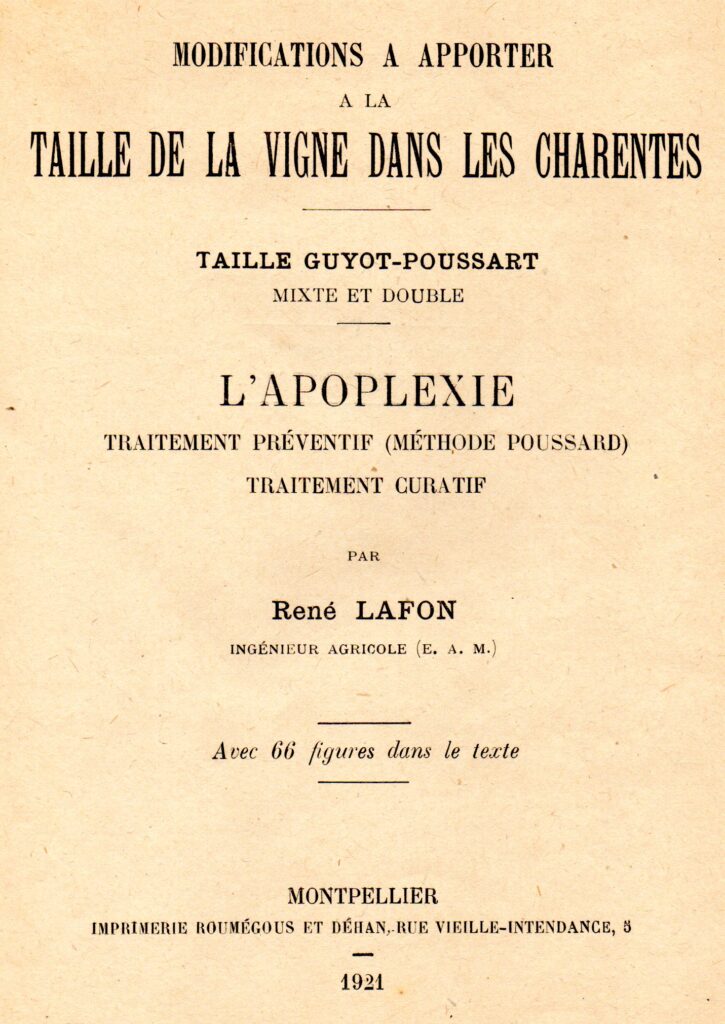Wine lovers can now experience more than just a tour of a wine cellar or a walk through the vineyards, with an event dedicated to giving enthusiasts a chance to experience the art of growing vines. This 12th December the family-run winery of Corte Gardoni will be opening up its vineyards for a wine experience that showcases the heart of cultivating good wines.


Situated just south of Lake Garda in the town of Valeggio sul Mincio nestled at the foot of the morainic hills between Veneto and Lombardy, Corte Gardoni is part of an area known for its stunning natural beauty, history, art, traditions, and gastronomy. The town itself is located in the province of Verona and is a renowned destination for locals and tourists alike.

The winery, which first established its own label in 1980, has over four centuries of experience in viticulture and a dedication to sharing its love for this art with those who want to learn. Corte Gardoni began its story three generations ago when the original vineyards were devasted by phylloxera, an insect that destroys grapevines. The event prompted the family to purchase new property where activities were focused on fruit farming instead; but nostalgia for the vineyard drove them to invest once again in vines in the early 1970s, focusing their attention on precious autochthonous grapes such as Corvina, Garganega, Trebbiano, Cortese, and Trebbianello, as well as the international varietal, Chardonnay.

Since then, the winery has expanded creating its own label and amplifying its production. At its heart, a love of the land paired with careful knowledge and technique are vital components to creating successful wines. With two distinct soils, the estate is well-suited for sharing its knowledge with those interested in learning. The hilly area is part of a morainic amphitheater ideal for growing white grapes like Chardonnay, Riesling, Trebbianello, and Garganega. While the alluvial plain at the foot of the hills is dedicated to their black grape varietals including Merlot, Cabernet Sauvignon, Rondinella, Corvina, and Sangiovese.

Today Corte Gardoni offers a series of wines including reds, whites, and rosés. Its Custoza label is a white wine mainly made with Garganega, Trebbiano Toscano, Trebbianello, and Cortese that is a light straw-yellow with a nose of apple, ideal for accompanying delicate starters and fish dishes. The Bardolino is a red blend of autochthonous varieties including Corvina and Rondinella that is fairly intense with fresh floral notes – an excellent pairing for many dishes, especially risottos and meats. The winery’s rosé, Bardolino Chiaretto, is the rosé version of the Bardolino that is dry and fresh with intense fruity notes making it a good match for hors-d’oeuvres, fish soups, and meats.


Aimed at allowing anyone interested in gaining a better understanding of a part of the work behind the production of wine, Corte Gardoni will be holding its first edition of the Pruning Festival on 12th December. Inspired by the annual event that takes place in the canton of Valais in Switzerland, this experience will offer participants a chance to experience firsthand how important every component of the production is – from pruning to the finished product.

This year’s edition will honor the 100 years since the publication of René Lafon’s book about Poussard’s Guyot. The Guyot pruning system is a cultivation method focused on respect for the vineyard that was first established at the end of the 19th – beginning of the 20th centuries. It was subsequently forgotten only to be rediscovered by the French themselves in 2008 as an effective and preventative protection against Mal dell’Esca, a disease that attacks the vines, and that has in recent years spread throughout the viticulture world. Because of its effectiveness, this method has been reintroduced and is now used internationally.

The event, which must be booked in advance, begins in the morning with time in the vineyards together with the pruners discovering the history and application of the method, followed by a chance to try the technique first hand. The day will round up with a lunch and wine.
The winery also offers visits and tastings by appointment every day except Sunday.
– Liana Bicchieri